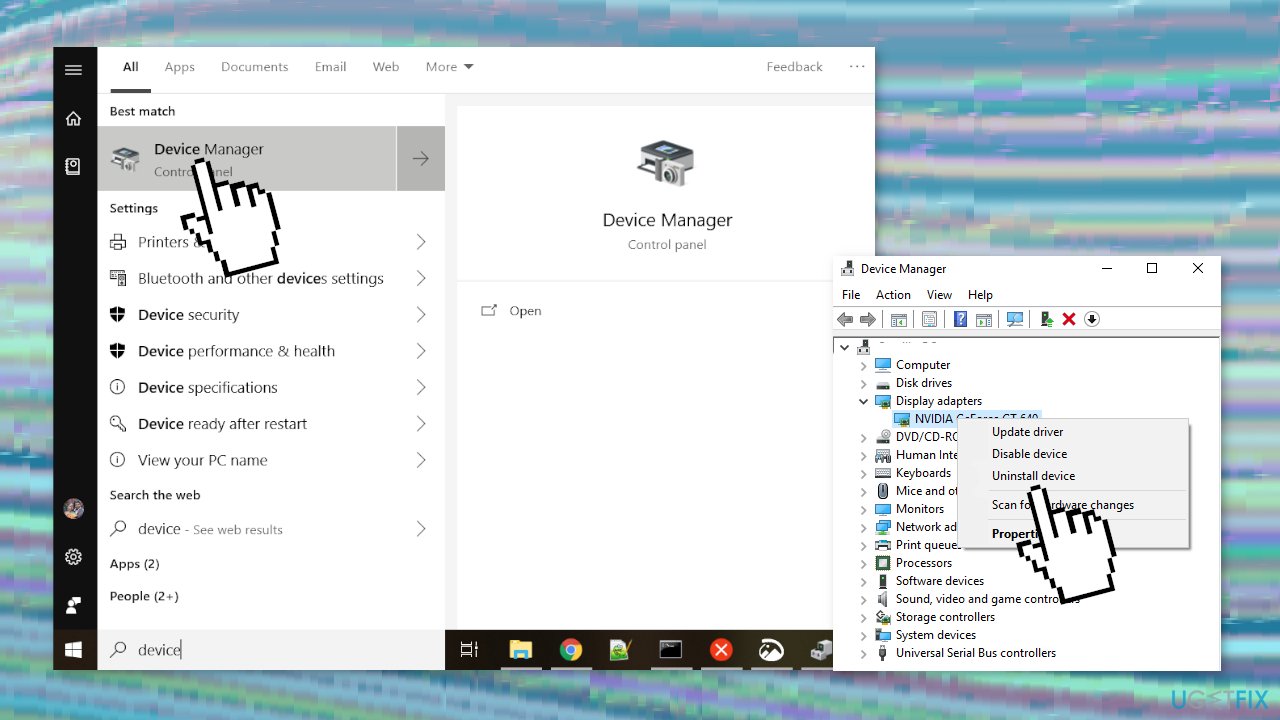Information related to How Can I Tell If My Graphics Card Is Working can be found here, hopefully providing broader insights for you.

How Can I Tell if My Graphics Card Is Working?
As an avid gamer, I know firsthand the frustration of a malfunctioning graphics card. Whether it’s choppy gameplay, screen flickering, or worse, a black screen, a faulty graphics card can turn your gaming session into a nightmare. Identifying the problem early on is crucial to prevent further damage to your system. In this comprehensive guide, I’ll share my expertise and provide you with a foolproof method to determine if your graphics card needs replacing.
Signs of a Failing Graphics Card
The early signs of a failing graphics card can be subtle. Here are a few telltale symptoms to watch out for:
-
Graphical Glitches
Pixelated images, distorted textures, and strange artifacts appearing on your screen indicate a graphics card struggling to process visual data. These glitches can range from minor annoyances to game-breaking errors.
-
Performance Issues
Reduced frame rates, slow loading times, and lagging can signify an underperforming graphics card. If your games are stuttering or your workstation feels sluggish, it’s worth checking the health of your graphics card.
-
Overheating
A failing graphics card may overheat due to excessive workload or faulty cooling. Monitor your GPU’s temperature using software like MSI Afterburner. Temperatures consistently exceeding 80 degrees Celsius warrant concern.
-
Blue Screen of Death (BSOD)
A BSOD often indicates a hardware problem, including a faulty graphics card. If you’re experiencing frequent BSODs, it’s essential to investigate potential hardware issues.
Troubleshooting a Graphics Card
If you suspect your graphics card is failing, follow these steps to troubleshoot the issue:
-
Restart Your Computer
This simple step can often resolve minor software glitches that may affect your graphics card.
-
Check Your Drivers
Outdated or corrupt graphics drivers can cause performance issues. Ensure you have the latest version of drivers installed from the manufacturer’s website.
-
Reseat Your Graphics Card
A loose connection between your graphics card and the motherboard can lead to problems. Carefully remove and reinsert the card, ensuring it’s securely seated in the PCIe slot.
-
Run a Hardware Test
Some motherboards have built-in hardware diagnostic tools. Refer to your motherboard manual for instructions on how to run these tests.
-
Use Third-Party Software
Dedicated software like FurMark or 3DMark can stress test your graphics card and identify potential issues. Monitor your GPU’s temperature and performance during these tests.
Expert Advice for Assessing Graphics Card Health
-
Monitor GPU Usage
Use Task Manager or third-party monitoring tools to check if your graphics card is being fully utilized. Low GPU usage while experiencing performance issues could indicate a hardware problem.
-
Check Power Supply
Ensure your power supply is sufficient to handle your graphics card’s power requirements. A weak or failing PSU can cause instability and performance issues.
-
Inspect the Graphics Card
Physically examine your graphics card for any visible damage, such as burnt components, bulging capacitors, or loose connections.
FAQ on Graphics Card Troubleshooting
-
Q: Can I fix a failing graphics card?
A: Depending on the issue, simple fixes like driver updates or reseating the card may resolve the problem. However, severe hardware failures may require professional repair or replacement.
-
Q: How often should I replace my graphics card?
A: The lifespan of a graphics card varies based on usage and maintenance. For gaming, it’s recommended to upgrade every 3-5 years to keep up with the latest graphical advancements.
-
Q: Can a failing graphics card damage other components?
A: Overheating or power issues with a failing graphics card can potentially damage other system components like the motherboard or CPU.
Conclusion
Identifying a failing graphics card is crucial for maintaining system stability and preventing further damage. By observing performance issues, checking for graphical glitches, and utilizing troubleshooting techniques, you can effectively diagnose the health of your graphics card. Remember to stay updated with driver releases, monitor your GPU’s performance, and seek professional help if necessary.
Are you interested in learning more about graphics card troubleshooting? Share your questions and insights in the comments below.

Image: ugetfix.com
We express our gratitude for your visit to our site and for taking the time to read How Can I Tell If My Graphics Card Is Working. We hope this article is beneficial for you.